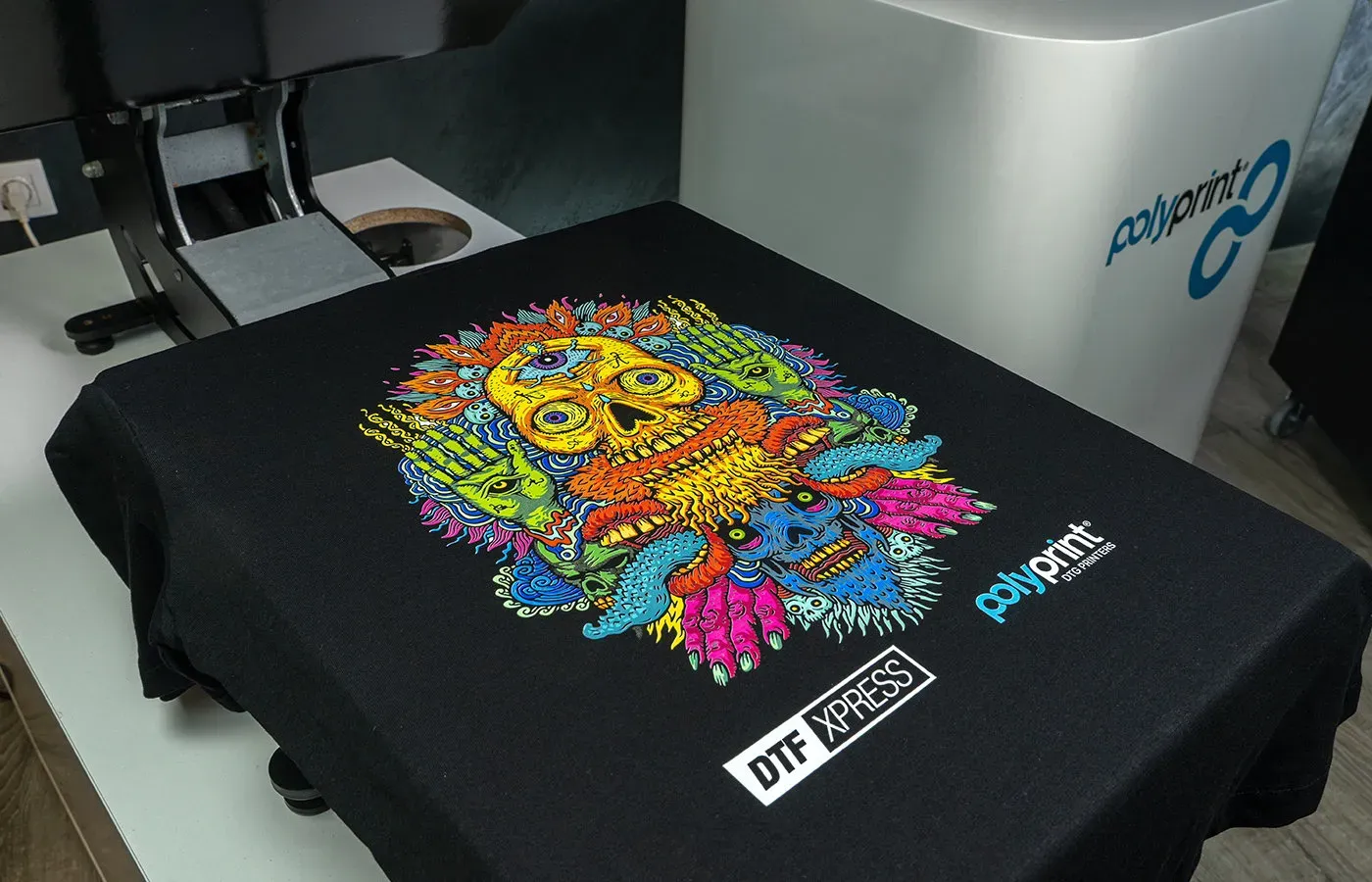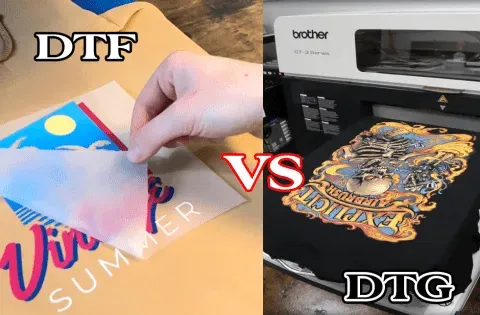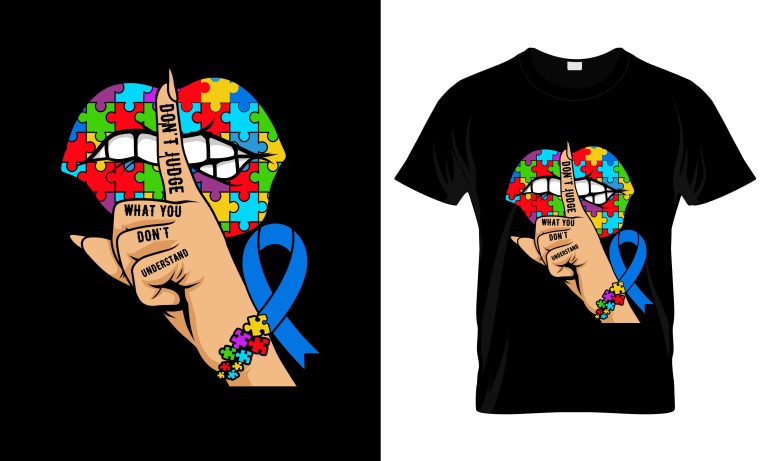DTF Printing: Success Stories of Thriving Businesses
In the realm of modern printing technologies, DTF printing, or Direct-to-Film printing, stands out as a game changer that has captured the attention of businesses and consumers alike. This innovative technique allows for the vibrant and precise transfer of designs onto textiles, making it particularly popular among companies involved in custom apparel. As e-commerce growth continues to soar, many entrepreneurs are turning to DTF printing for its ability to produce eye-catching products efficiently and economically. The sustainable printing practices inherent in DTF technology also resonate with increasingly environmentally conscious consumers, further fueling its popularity. In this article, we’ll explore how businesses have successfully integrated DTF printing into their operations and the advantages it brings in today’s fast-paced market.
Exploring the landscape of Direct-to-Film technology unveils a dynamic shift in the digital printing arena that promises vast opportunities for various industries. Often referred to as digital textile printing, this advanced method enables companies to apply intricate designs onto various fabrics with remarkable ease and precision. The rise of personalized merchandise has propelled interest in custom apparel, making DTF an essential tool for startups and established brands alike. Additionally, with the growing emphasis on sustainable practices, digital applications like DTF printing are increasingly appealing due to their reduced environmental footprint compared to traditional methods. As we examine the transformative impact of this technology, we invite readers to discover the success stories that demonstrate its immense potential.
What Makes DTF Printing Stand Out?
DTF printing, or Direct-to-Film printing, has emerged as a game-changer in the realm of digital printing technology. This innovative method distinguishes itself by enabling intricate designs to be printed directly onto a film that can then be applied to various textile surfaces. Unlike traditional printing methods, DTF allows for high-quality prints that showcase vibrant colors and detailed graphics. Such versatility makes it an ideal choice for businesses looking to diversify their product offerings without the need for significant upfront investments in equipment.
Moreover, the efficiency of DTF printing cannot be understated. With quick turnaround times, businesses can respond rapidly to market trends and consumer demands, providing them with a competitive advantage in the fast-paced e-commerce landscape. As a result, more companies in the custom apparel sector are leveraging DTF technologies, ultimately leading to enhanced customer satisfaction and engagement.
Custom Apparel: The Heart of DTF Printing
The custom apparel industry has witnessed significant transformation, largely due to the introduction of DTF printing technologies. Brands like Printful and TeeSpring have adopted this method, allowing them to cater to the increasing consumer demand for personalized merchandise. By utilizing DTF printing, these businesses can efficiently offer a diverse range of clothing options such as t-shirts and hoodies, enabling customers to create unique designs that express their individuality.
The on-demand nature of DTF printing not only minimizes inventory costs but also enriches the user experience by offering customization at scale. This capability empowers small and medium businesses to compete in the crowded market without the financial burden of maintaining large stockpiles of products, aligning perfectly with the growing trend towards bespoke fashion.
The Surge in E-Commerce Driven by Personalization
Post-pandemic, the e-commerce sector has experienced an unprecedented surge, fueled by the heightened consumer desire for personalized products. DTF printing has facilitated this shift by providing businesses with the tools needed to easily create customized goods. Startups that embraced DTF technology during this period witnessed remarkable growth, as they fulfilled the evolving customer needs for individuality in their purchases.
This explosion in demand for unique products underscores the importance of e-commerce growth strategies that leverage technologies like DTF printing. Companies that successfully integrated personalization into their offerings experienced not just increased sales, but also improved customer loyalty and retention, proving that adapting to market trends is essential for long-term success.
The Importance of Sustainable Printing Solutions
Sustainability is no longer just a trend; it has become a crucial consideration in the decision-making process of consumers today. DTF printing emerges as a sustainable printing solution, recognized for its lower environmental impact compared to traditional techniques. By drastically reducing waste and minimizing water usage, businesses that utilize DTF technology can align their branding with eco-conscious values, appealing to a more socially aware consumer base.
Companies like Apliiq highlight this sustainability narrative, using DTF printing to promote environmentally friendly practices. As these businesses position themselves as champions of sustainable fashion, they not only contribute positively to the planet but also create a brand loyalty that resonates with customers eager to support responsible practices.
Advancements in Digital Printing Technology
Technological advancements in DTF printing have made this innovative process more accessible than ever before. Recent developments have produced machines that are not only affordable but also user-friendly, catering specifically to the needs of small businesses. Pioneering companies like M&R Printing Equipment have been instrumental in providing the tools necessary for entrepreneurs to expand their service offerings and streamline their operations.
The evolution of DTF printing technology encourages businesses to invest in capabilities that enhance production efficiency and open up new revenue streams. As these advancements continue to reshape the industry, early adopters stand to gain a competitive edge, allowing them to meet consumer demands with greater precision and speed.
Harnessing Social Media for DTF Printing Success
In today’s digital world, the role of social media cannot be overstated, especially for businesses leveraging DTF printing technology. Platforms like Instagram and TikTok have become invaluable tools for brands like Spoonflower, allowing them to showcase their unique custom apparel and engage directly with their target audience. Viral trends and influencer collaborations significantly boost brand awareness, enabling businesses to penetrate markets that were previously difficult to reach.
Effective social media marketing strategies can amplify the reach of DTF printing businesses, driving traffic and sales. As the competition in the digital space intensifies, mastering the nuances of social media becomes essential for sustained growth, particularly for those in the custom apparel segment who depend on visual storytelling to attract customers.
Frequently Asked Questions
What is Direct-to-Film (DTF) printing and how does it work?
Direct-to-Film (DTF) printing is a modern digital printing technique that transfers vibrant images onto textiles using a specialized film. The process involves printing designs onto a film, applying a powder adhesive, and then heat-pressing the film onto fabric. This allows for intricate designs and vibrant colors, making DTF printing an ideal solution for custom apparel and small businesses.
How has DTF printing contributed to the growth of e-commerce?
DTF printing has significantly boosted e-commerce growth by enabling businesses to offer unique, customizable products without the need for large inventory. Companies using DTF printing can quickly respond to consumer demands for personalized merchandise, thus increasing customer traffic and sales, especially in the post-pandemic market.
Is DTF printing an eco-friendly option for sustainable printing?
Yes, DTF printing is considered a sustainable printing option because it generates less waste and uses less water compared to traditional printing methods. By adopting DTF technology, businesses can align with eco-friendly practices, appealing to environmentally conscious consumers and enhancing brand loyalty.
What are the advantages of using DTF printing for custom apparel?
DTF printing offers numerous advantages for custom apparel businesses, such as cost-effectiveness, high-quality prints with intricate detail, and the ability to print on various materials. Additionally, DTF printing allows for rapid production and customization at scale, enabling businesses to meet diverse consumer needs efficiently.
How does technology advancement in DTF printing impact small businesses?
Recent advancements in DTF printing technology have made it more accessible and affordable for small businesses. Newer, user-friendly machines enable companies to enhance production efficiencies and expand their service offerings, giving them a competitive edge in the market.
What role does social media play in promoting DTF printing businesses?
Social media serves as a powerful marketing tool for DTF printing businesses. Platforms like Instagram and TikTok help brands showcase their unique products, engage with audiences, and drive brand awareness. Creative content and viral trends can significantly boost sales, making effective social media strategies crucial for growth.
| Key Points | Details |
|---|---|
| What is DTF Printing? | A digital printing technique that transfers images onto textiles using specialized film. |
| Customization at Scale | Enables large-scale customization with unique products. |
| Cost-Effective Solutions | Ideal for small businesses with limited budgets. |
| Diverse Material Compatibility | Works on a variety of materials across industries. |
| Quick Turnaround Times | Reduces time from design to finished product. |
| Success Stories | Companies like Printful, TeeSpring, and Apliiq utilize DTF printing for growth. |
Summary
DTF printing stands out as a transformative technology that has reshaped the printing industry, providing businesses with innovative solutions to meet customer demands. Through the stories of successful companies, we see how DTF printing not only allows for personalized merchandise but also aligns with trends towards sustainability and quick production. As businesses continue to adapt and embrace DTF printing, we can expect it to play a pivotal role in their growth and success in a competitive marketplace.






